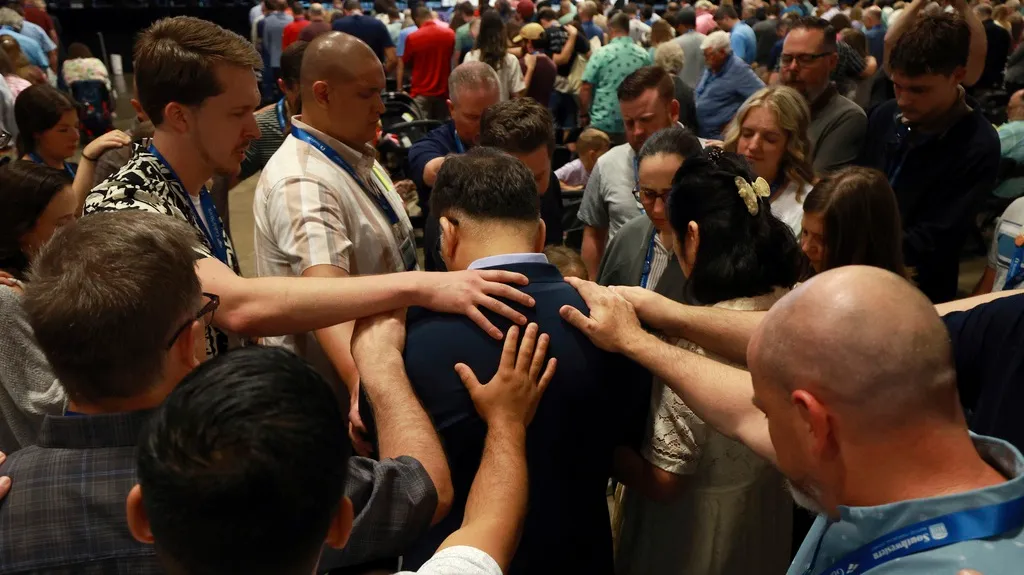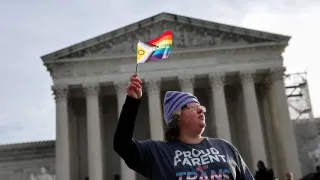May 19, 2017
May 19 is National Asian and Pacific Islander HIV/AIDS Awareness Day
Eric Brus READ TIME: 2 MIN.
The 13th annual National Asian and Pacific Islander HIV/AIDS Awareness Day will be held on Friday, May 19. The theme for the day is "Saving face can't make you safe. Talk about HIV for me, for you, for everyone."
The lead agency for this Awareness Day is The Banyan Tree Project -- a national campaign to end the silence and shame surrounding HIV/AIDS in Asian and Pacific Islander communities. To help commemorate the day, we've compiled an annotated list of online resources focusing on HIV/AIDS among Asians and Pacific Islanders.
The CDC says that between 2010-2014, the Asian population in the United States grew around 11 percent, more than three times as fast as the total U.S. population. During the same period, the number of Asians receiving an HIV diagnosis increased by 36 percent, driven primarily by an increase in HIV diagnoses among Asian gay and bisexual men. Asians, who make up 6 percent of the population, continue to account for only a small percentage of new HIV diagnoses in the United States and 6 dependent areas.
Eric Brus writes about HIV policy. His HIV/AIDS Disparities Report is produced by the New England AIDS Education and Training Center Minority AIDS Initiative Project. The full version is available here.






